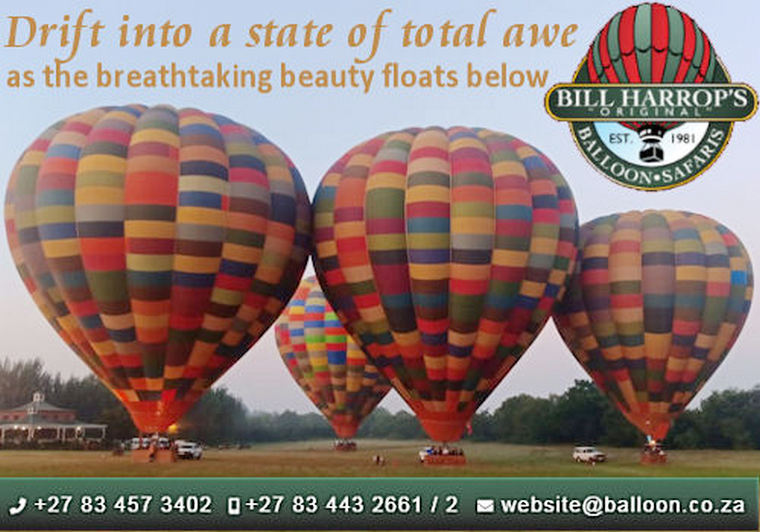1883, the 1st flight of an electric powered airship
By Willie Bodenstein
27.10.2025
Google Banner Ad
Albert, an architect, aviator, illustrator, editor and archaeologist. devotion to aeronautics began on 8 November 1868 when he made his first hot air balloon ascent between Melun and Paris during a snowstorm.
Brother Gaston Tissandier, was equally well qualified. A chemist, meteorologist, aviator, and editor and founder of the scientific magazine La Nature he also wrote several books, all illustrated by brother Albert.
It was after their first experiences with flight that they made the large model based on a designed by Albert, first demonstrated the world's first electric powered flight at an electricity. This they demonstrated at an electricity exposition by attaching an electric motor to their dirigible.

The first flight of their electric powered dirigible aerostat took place on 8 October 1883. They made a second attempt on 26 September 1884 which gave them all the results they were looking for.

Their fame did not end there. On 14 October 1870, during the siege of Paris in the Franco-Prussian war, Albert piloted the balloon Jean-Bart to escape the city, taking two other travellers plus 400 kg (1000 lb) of mail and dispatches from 100 anxious families on board. He was awarded the Médaille Militaire for his bravery.
A few years later, the two brothers ascended in another hot air balloon, this one called the Zénith. On 23 March and 24 March 1875 they flew from Paris to Arcachon, on the other side of the country, near Bordeaux, a total distance of 600 km (400 mi). During this ascent, Albert drew the countrysides below as naturally as possible. He also observed that when the moon passed above the clouds, the upper surface of the clouds shimmered like a lake, and recorded this in a drawing.
Only a few days after this ascent, on 15 April at 11:35 AM, the Zénith went up again, this time with only Gaston Tissandier, Joseph Crocé-Spinelli and Théodore Sivel in the basket. Their goal was of reaching an extreme height in order to continue their observations. They were able to reach the magnificent altitude of 8,600 m (28,200 ft). The latter became victims of their devotion to science dying from asphyxiation from the thin air. Gaston Tissandier himself became deaf and struggled with the problem for the rest of his life.

.jpg)
Google Banner Ad
|
      |























